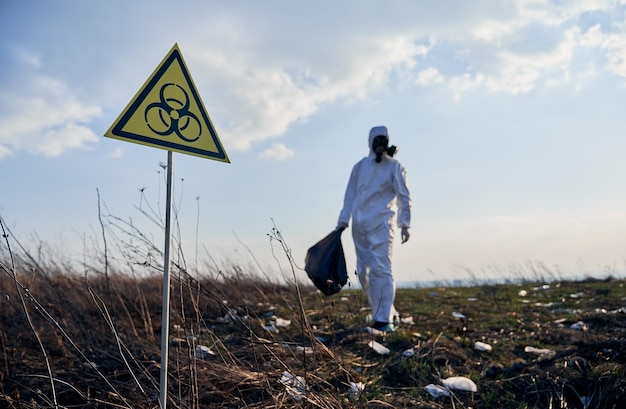However, exposure to asbestos fibers can lead to serious health issues, including asbestosis, lung cancer, and mesothelioma.
Adherence to these regulations is critical for both employers and employees to avoid harmful exposure and maintain legal compliance. This article delves into the key aspects of these guidelines and their application in occupational settings.
Synopsis of Asbestos Exposure Regulations
To prevent asbestos fiber exposure, which can result in major health problems, guidelines for asbestos exposure have been developed.
Organizations like the Environmental Protection Agency (EPA) and the Occupational Safety and Health Administration (OSHA) set acceptable exposure limits, safety precautions, and monitoring schedules through these regulations in the United States.
They require those who work with or around asbestos to wear protective equipment, use proper handling and disposal methods, and receive the necessary training.
In order to prevent diseases such as asbestosis, lung cancer, and mesothelioma, compliance is crucial.
Permissible Exposure Limits (PELs)
PELs, or permissible exposure limits, are legal restrictions on the number of asbestos fibers that an employee may be exposed to during a given time frame, usually an eight-hour workday. In the United States, the Occupational Safety and Health Administration has set the PEL for asbestos at 0.1 fibers per cubic centimeter of air.
These limits are established to minimize the risk of asbestos-related diseases such as asbestosis, lung cancer, and mesothelioma, ensuring a safer work environment.

Standards and Regulatory Bodies
To protect public health, regulatory agencies like OSHA and the EPA in the United States establish and enforce asbestos exposure standards.
By establishing acceptable exposure limits and safety procedures, Occupational Safety and Health Administration standards prioritize worker safety.
The Environmental Protection Agency regulates asbestos in schools, public buildings, and the environment, mandating proper handling and disposal.
These standards aim to reduce asbestos exposure and associated health risks.
Monitoring and Measurement Procedures
Routine air sampling and analysis are part of the asbestos monitoring and measurement procedures to ensure that exposure levels remain below legal limits.
These procedures include collecting air samples using specialized equipment, analyzing the samples in accredited laboratories, and documenting the results.
Following these procedures contributes to the early detection of asbestos levels and the implementation of the controls required to safeguard the public’s and employees’ health from asbestos-related risks.

Health and Safety Precautions
When it comes to asbestos, health and safety measures include wearing protective clothes and respirators, setting up adequate ventilation, and using wet techniques to cut down on dust.
Regular monitoring of asbestos levels and adherence to decontamination procedures are essential. These precautions are designed to minimize exposure and prevent asbestos-related diseases.
Legal and Compliance Requirements
Following the rules established by organizations like the EPA and OSHA is part of the legal and compliance requirements for asbestos.
These regulations require permissible exposure limits, adequate training, the use of personal protective equipment, and safe handling and disposal methods.
By ensuring that employers shield employees from asbestos exposure, compliance lowers the risk of diseases like mesothelioma, asbestosis, and lung cancer.
In addition to increased health risks, noncompliance may have legal ramifications.
Handling and Disposal Protocols
Tight procedures are required for the safe handling and disposal of materials containing asbestos in asbestos handling and disposal protocols.
These protocols include wetting materials to minimize fiber release, using sealed containers for disposal, and labeling hazardous materials properly.
Workers must use personal protective equipment and follow Occupational Safety & Health Administration and Environmental Protection Agency guidelines.
To protect the environment and the public’s health, asbestos waste must be transported to designated disposal sites that follow federal and state regulations.

Procedures for Emergency Response
In the event of an asbestos exposure emergency, protocols require prompt action to mitigate and contain asbestos fiber release, which includes notifying trained personnel, evacuating the affected area, and sealing off the contamination site.
In order to prevent health risks and ensure safety, workers must wear the proper personal protective equipment (PPE), follow decontamination protocols, dispose of contaminated materials properly, and thoroughly document the incident.
Conclusion
It is essential to comprehend and abide by asbestos exposure guidelines in order to protect public health and maintain regulatory compliance.
These guidelines, created by organizations like OSHA and the EPA, include strict exposure limits, safety protocols, and mandatory asbestos training.
By following these regulations, individuals and organizations can effectively minimize the risk of asbestos-related diseases and maintain a safe environment for workers and the public.
Compliance not only protects health but also ensures legal compliance, promoting overall safety and well-being.

